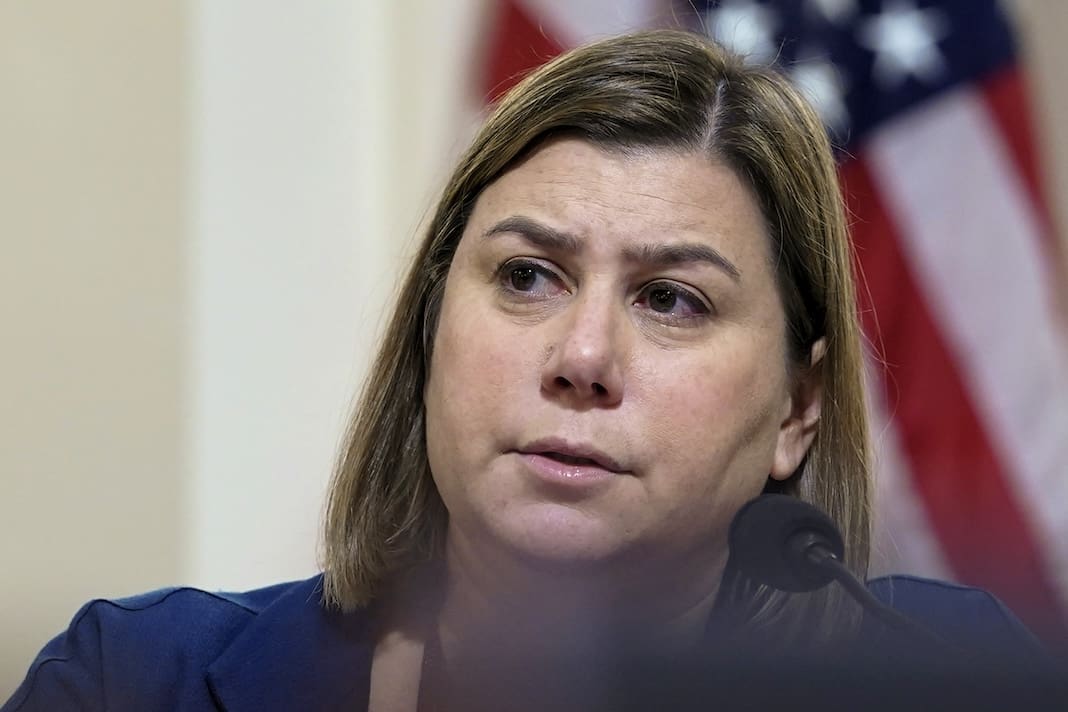Trump promises more tax cuts for the richest Americans
Donald Trump signed a law in 2017 that slashed tax rates for the wealthy and for corporations.

During his term in the White House, President Donald Trump signed a law that slashed tax rates for the richest Americans. At a fundraising event on April 6 for his 2024 presidential campaign, Trump reportedly said that in a second term he would make those tax cuts permanent.
In remarks to wealthy donors in Palm Beach, Florida, the former president said that he needed to win to turn the country around and specifically cited making permanent the expiring individual tax cuts included in the 2017 Tax Cuts and Jobs Act, a Trump campaign spokesperson told NBC News.
The campaign did not provide his full comments to NBC News and did not offer any additional details for this story.
According to a tweet posted by the NH Journal, Trump told an audience in New Hampshire in December, “I will never let the Trump Tax Cuts be taken away from you—and with your vote in this election, we will cut your taxes even further.”
Early in his 2016 campaign, Trump suggested that he wanted to force the wealthiest Americans to pay a larger share of the tax burden. “I would let people that are making hundreds of millions of dollars pay some tax, because right now they are paying very little tax, and I think it’s outrageous,” he told Bloomberg Television in August 2015. “I want to lower taxes for the middle class. I want to lower taxes for people that are making a lot of money that need incentives.”
After winning the Republican nomination, Trump changed his tune. In September 2016, he released a tax plan that included slashing tax rates for all individuals making more than $225,000 annually, lowering the top rate from 39.6% to 33%. He called these “tax law changes to make America great again.”
In 2017, the Republican-led Congress passed and Trump signed the Tax Cuts and Jobs Act, permanently cutting taxes for corporations and changing individual tax rates through 2025. An estimated 10 million American families saw a hike in their taxes, but those in the highest tax bracket saw their tax rate drop by 2.6%.
Michigan Republican U.S. Reps. Jack Bergman, Bill Huizenga, John Moolenaar, and Tim Walberg all voted for the Trump tax law.
In the current Congress, 102 House Republicans have signed on to a bill to make Trump’s 2017 tax changes permanent. Moolenaar is a co-sponsor. He, Bergman, Huizenga, and Walberg voted in 2018 for a similar bill, which passed in the House and died in the Senate.
The nonpartisan Congressional Budget Office said in May 2023 that making the changes permanent would add an estimated $3.5 trillion to the national budget deficit through 2033.
Joe Biden ran for president in 2020 on a promise not to raise taxes for anyone making under $400,000 annually and to increase rates for the wealthiest Americans and for corporations. His 2022 Inflation Reduction Act included some measures to close tax loopholes and force those making over $400,000 to pay what they owe in taxes each year. His March 2024 budget proposal called for tax cuts for working families and increases for those making more than $400,000 and big corporations.
Polling suggests that most Americans prefer Biden’s approach. A March Impact Research poll of likely voters from 61 battleground U.S. House districts found 70% favor raising tax rates for billionaires and big corporations, while 27% oppose. By a 78%-14% majority, those voters backed closing tax loopholes available to billionaires and big corporations. Seventy-two percent said they would increase tax rates for the top 1%.
“Donald Trump spent his entire presidency lining the pockets of wealthy tax avoiders like himself at the expense of the middle class,” Biden campaign spokesperson Sarafina Chitika said in an April 7 press release. “Now, Trump is making it clear to his billionaire buddies that he’ll take his first chance to double down on tax giveaways for the ultra-wealthy – all while he fights to rip away Americans’ health care, gut Social Security and Medicare, and raise costs on working families.”




